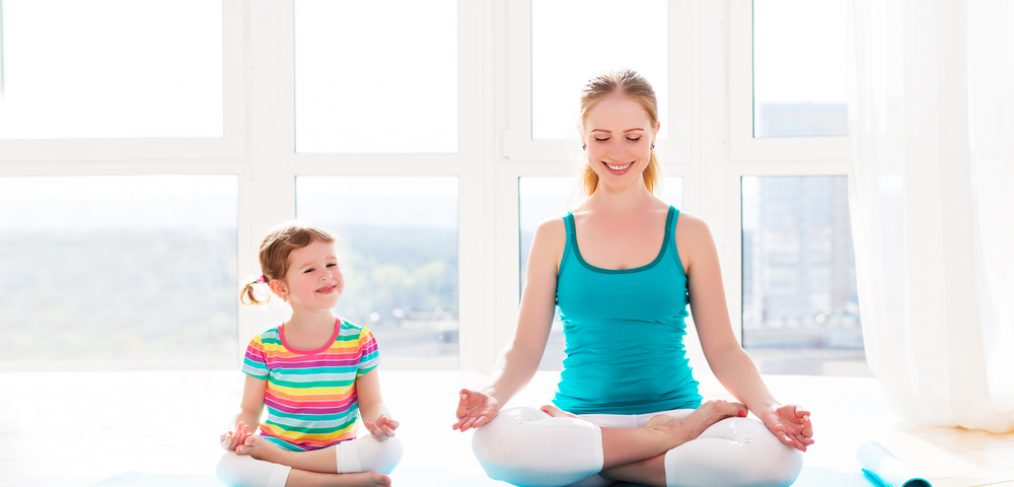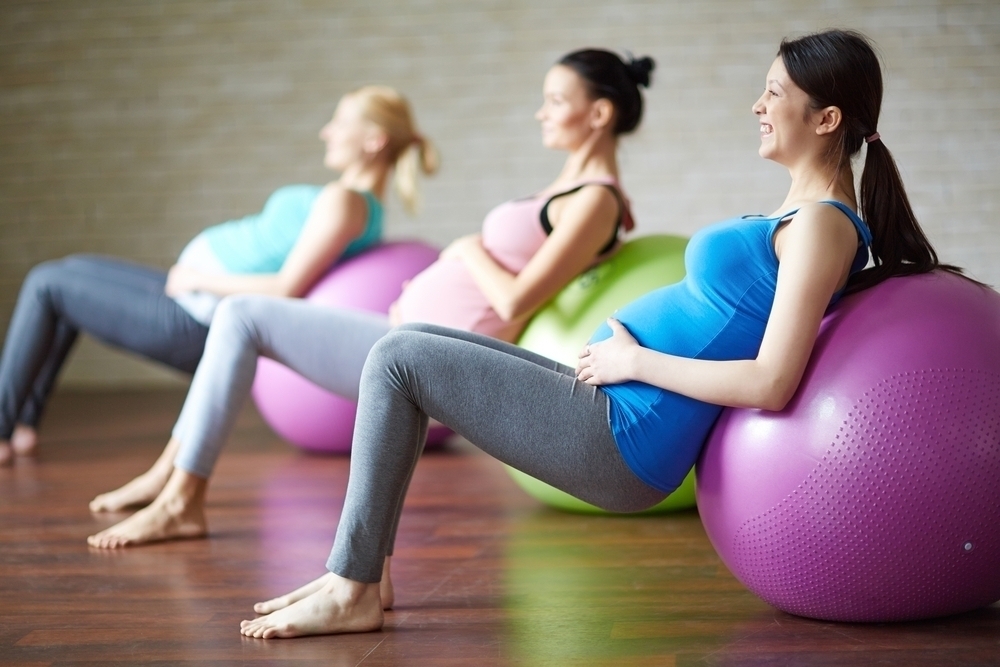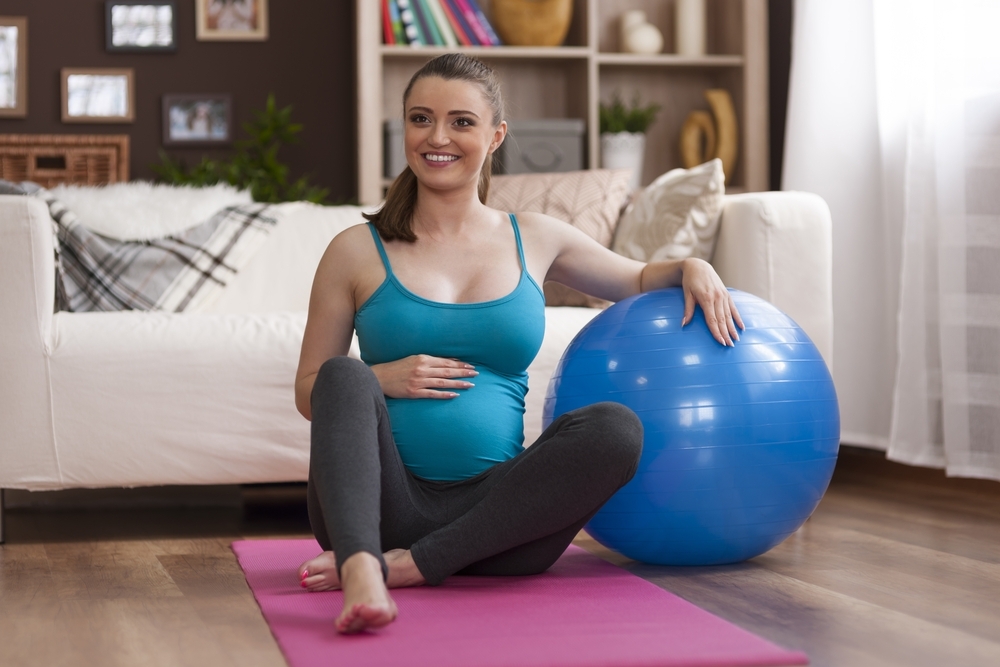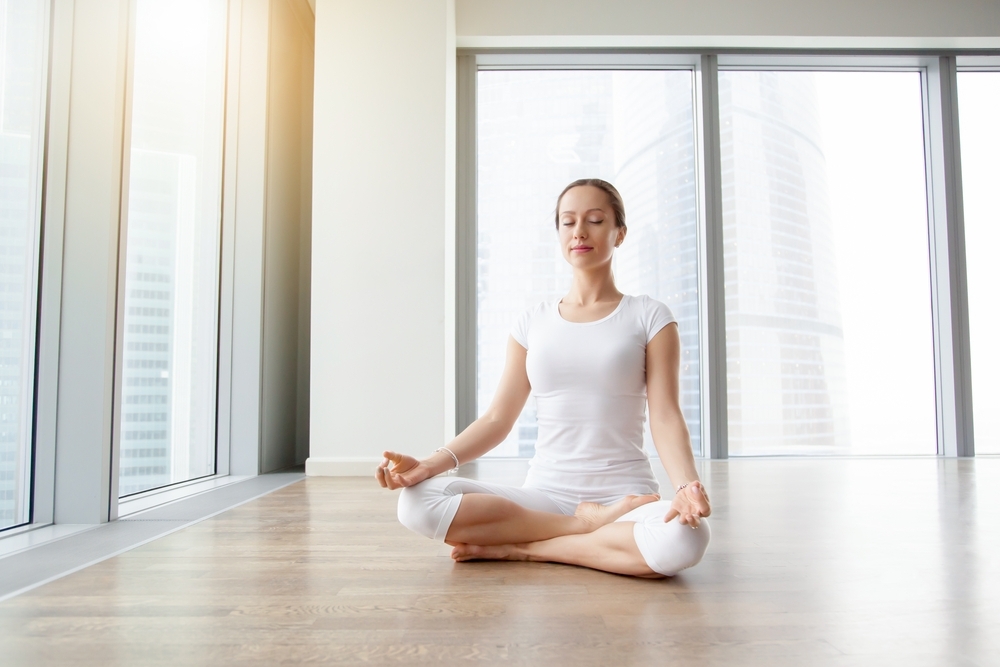If you remember correctly, one of the easiest ways to ensure that you wouldn’t do something was having your parents tell you to do it. Even if you were going to study for that test, clean up your room, not go out with that boy, your parents’ advice was probably the best way to ensure that you would do the opposite.
Well, now the roles are reversed – you’re the mom. And you want your girl to get involved in yoga. You dream daily of the coming home to find your little one in a tree position chanting “asanas.” It would be a great way to lower her stress, raise her physical activity level, and improve her awful posture. But how can you get her to start?
How Children Benefit From Yoga
We usually don’t think of children as being highly pressured. They don’t have nine to five jobs and they certainly don’t raise themselves. But they do have difficult tests, acne, and bullies, and that can be enough to make anyone stressed out. Yoga can help with these pressures. It’s a physical activity which promotes compassion, self-esteem, and body awareness. Plus, unlike so many other things in your teen’s life, it’s not competitive.
The experience of yoga can introduce children to new concepts and ways of assessing what is important in life. For example, when children assume the lion pose (Simhasana) they harness the power of the lion. This makes them aware of their own sense of power, when to be aggressive, and when to maintain control. Children also receive an introduction to the values of yoga: expression, union, honor for oneself, and the role one plays in life.
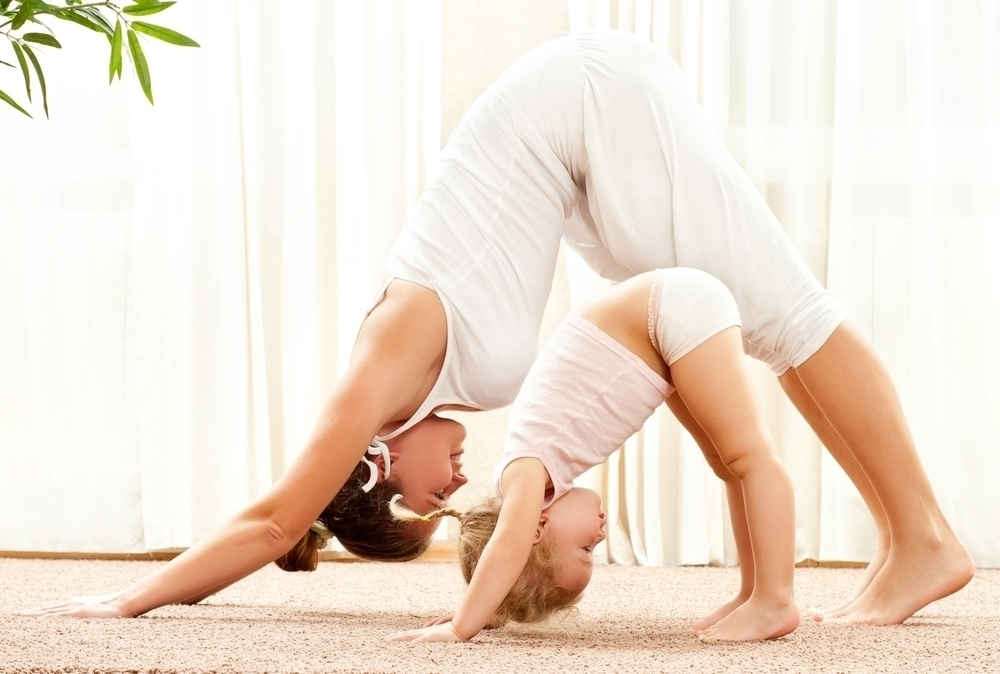
Teaching Yoga to Your Kids
If you’re going to teach yoga to your kids, it’s important to realize that one of the greatest challenges you will have to deal with is figuring out a way to hold their attention. When you think of the benefits of yoga: balance, stillness, focus, and grace, children don’t exactly pop into your mind.
The best way to teach children is by encouraging them to actively participate. Most children will love the idea of imitating dogs, flowers and trees. Get them to bark in the dog pose, or hiss when they are doing the cobra. Sound is great for children and adds an auditory element to the physical discipline of yoga.
Don’t Be Demanding
Children like to discover things on their own. They may not respond well to criticism. Aim for providing a creative environment for them to explore. Spur them on, encouraging them to really imagine themselves as a cat stretching its spine, or a tree growing roots. It will make the experience fun for them while making connections between themselves and the environment.
Yoga Poses For Kids
Here are some easy poses for getting your kids started:
- Boat Pose: Have children balance on their buttocks with their legs up. Then have them rock like a boat.
- Bow Pose: Have children lie on their tummies, bend their knees, lift their chests, reach their arms toward their toes, and hold onto their feet.
- Bridge Pose: Have children lie on their backs with their knees bent and their feet flat on the ground. Have hem rest their arms along their bodies, tuck their chins into their chests and lift up their buttocks and back to make a bridge.
- Cat Pose: Have children come up on all fours, round their backs and tuck their chins into their chests.
- Chair Pose: Have children stand tall with their feet hip-width apart, bend their knees, and hop like a kangaroo.
Are you getting your children into yoga? Let us know how it’s going. We love to know!



